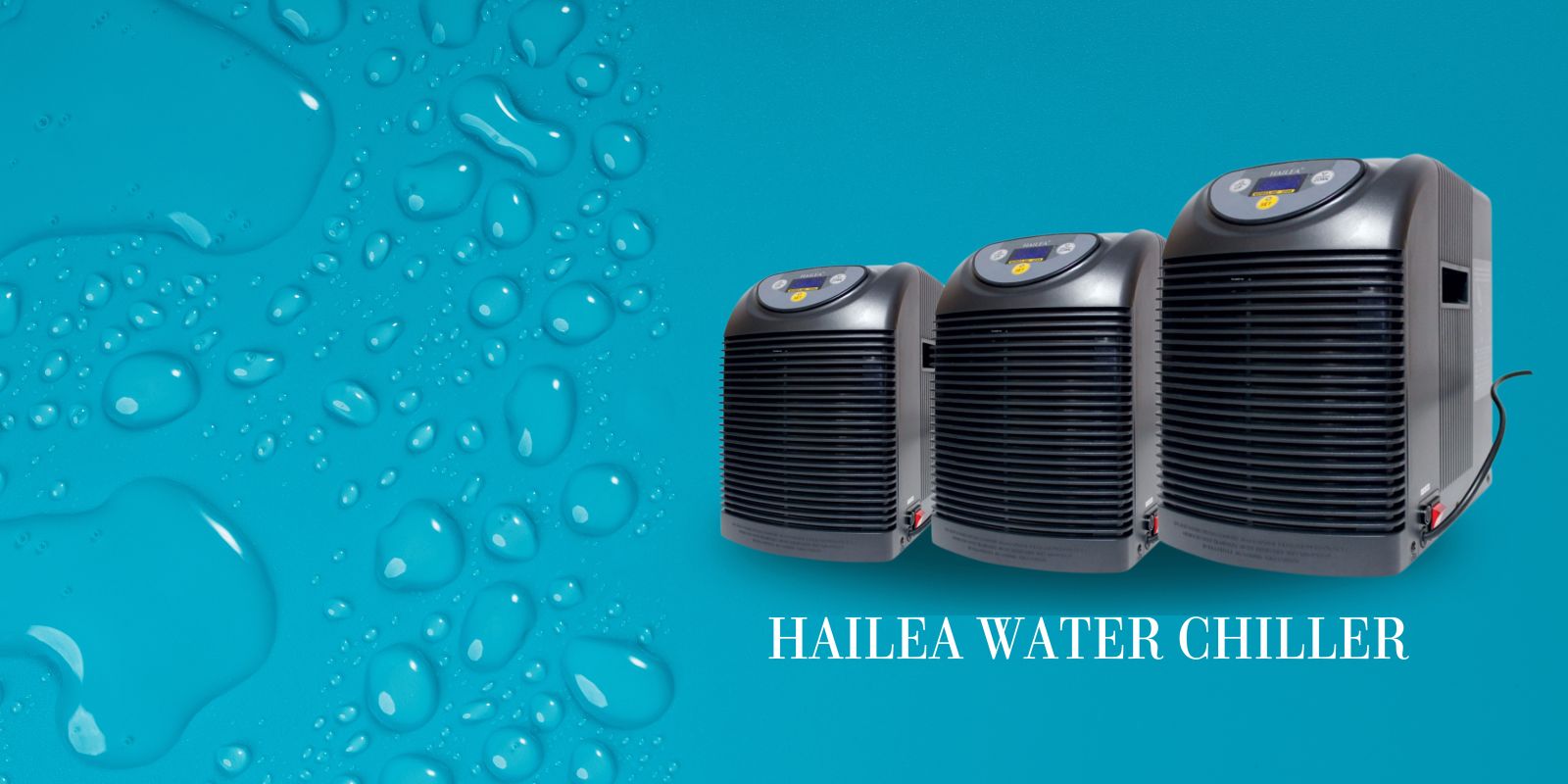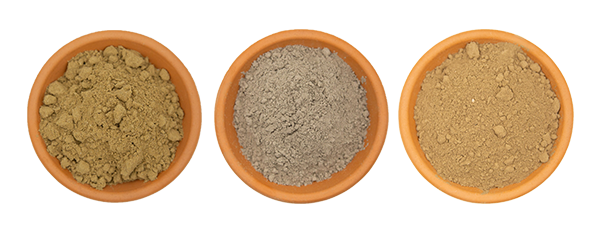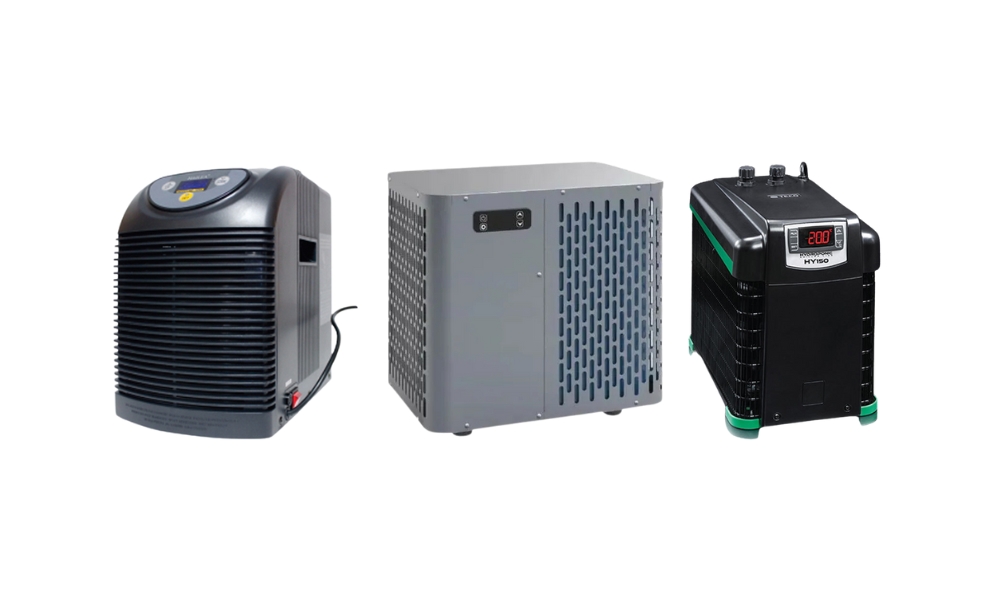Understanding the Temperature Challenge in Australian Hydroponics
By Hydro Experts | 21 March 2025

In the sun-drenched landscape of Australia, maintaining optimal temperatures in hydroponic systems presents a unique challenge that growers from backyard enthusiasts to commercial operators face daily. With temperatures regularly climbing into the high 30s and even 40s during summer months, the question isn't typically if you need cooling solutions, but rather which cooling solution best suits your hydroponic setup.
Understanding the Temperature Challenge in Australian Hydroponics
The ideal temperature range for most hydroponic nutrient solutions falls between 18-22°C. When temperatures exceed this range, plants begin to experience stress that manifests in multiple ways:
- Decreased dissolved oxygen levels in the nutrient solution
- Accelerated growth of harmful pathogens, including pythium and fusarium
- Reduced nutrient uptake
- Root death in extreme cases
- Stunted growth and reduced yields
In Australia's climate, reservoir temperatures can quickly reach 30°C or higher without cooling intervention, especially in enclosed growing environments. This creates conditions where cooling becomes not just beneficial but essential for maintaining plant health and productivity.
The Real Cost of Overheated Nutrient Solutions
Before discussing cooling options, it's worth understanding what's at stake. When nutrient solutions overheat:
- Oxygen deprivation occurs: Warm water holds less dissolved oxygen than cooler water. At 30°C, water holds approximately 7.5 mg/L of dissolved oxygen, while at 20°C, it holds around 9.1 mg/L – a significant difference for root respiration.
- Pathogen pressure increases: Pythium, often called "root rot," thrives in warmer water. Once established, it can devastate an entire hydroponic system within days.
- Nutrient lockout happens: Certain nutrients become less available as temperatures rise, creating deficiencies despite adequate nutrient presence.
- Plant stress compounds: The combination of these factors creates chronic stress that reduces plant vitality, yields, and crop quality.
For Australian growers, these issues can translate to thousands of dollars in lost production, especially during the critical summer growing season.
Cooling Solutions: From Basic to Advanced
Passive Cooling Methods
For smaller systems or those in more temperature-controlled environments, several passive methods can help moderate reservoir temperatures:
Reservoir Insulation Wrapping reservoirs with reflective insulation materials helps prevent heat absorption. Materials like Reflectix or even simple shade cloth can reduce temperature fluctuations by blocking direct sunlight.
Increasing Reservoir Size Larger bodies of water heat up more slowly than smaller ones. By increasing reservoir volume, temperature spikes become more gradual and manageable.
Underground Positioning The earth maintains a relatively stable temperature. Burying reservoirs or positioning them below ground level can help moderate temperature extremes.
Shade and Airflow Strategic placement of systems away from direct sunlight, combined with good airflow from fans, can provide several degrees of cooling effect.
These methods work best in moderate climates or as supplementary measures in more extreme conditions. For many Australian growers, especially during summer, these methods alone prove insufficient.
Active Cooling Solutions
When temperatures consistently exceed safe thresholds, active cooling becomes necessary:
Water Chillers Purpose-built hydroponic water chillers represent the most reliable solution for maintaining precise temperature control. These units work similarly to refrigerators, circulating nutrient solution through cooling elements before returning it to the reservoir.
Australian models typically range from $300 for small hobby systems to $3,000+ for commercial applications. Energy consumption varies, but most domestic units use 1-5 kWh per day depending on capacity and ambient conditions.
Heat Exchangers These systems use the principle of thermal transfer to cool nutrient solutions. By running water through pipes submerged in a secondary cooling reservoir (often cooled by a standard air conditioner), heat is drawn from the nutrient solution without mixing waters.
Cool Water Exchange In some regions with access to naturally cool water sources, partial water exchanges can help reduce temperatures. This method requires careful management of nutrient balances.
Evaporative Cooling Taking advantage of Australia's typically low humidity, evaporative cooling techniques can reduce temperatures by 5-8°C in dry regions. This can be implemented through cooling towers or even simple fan-and-wet-surface arrangements.
Do You Actually Need a Water Chiller?
This question depends on several factors specific to your growing environment and system:
When a Chiller Is Likely Necessary:
.png)
- Your system operates in environments regularly exceeding 30°C The majority of growing operations in Queensland, Northern Territory, Western Australia, and inland NSW fall into this category during summer months.
- You grow temperature-sensitive crops Leafy greens, certain herbs, and fruiting plants like strawberries are particularly vulnerable to heat stress.
- You run a recirculating deep water culture (DWC) system These systems are especially susceptible to oxygen depletion at higher temperatures.
- Your setup is indoors with significant heat-generating equipment Grow lights and other equipment can raise ambient temperatures substantially.
- You maintain a commercial operation where crop failure represents significant financial risk The cost of a chiller is typically justified by the insurance it provides against crop loss.
When You Might Get By Without a Dedicated Chiller:
- You're growing in naturally cooler regions Tasmania, parts of Victoria, and elevated regions may experience fewer critical temperature days.
- Your system is small-scale Hobby systems under 100L may be manageable with alternative cooling methods.
- You grow heat-tolerant plants exclusively Some crops like certain varieties of basil and indigenous Australian plants tolerate higher solution temperatures.
- Your growing area is well-insulated and climate-controlled If your growing environment already maintains suitable temperatures, reservoir heating may be less problematic.
Making the Right Choice for Your System
When evaluating cooling solutions for your hydroponic system, consider these factors:
System Size and Type
Different hydroponic systems have varying cooling requirements:
- Nutrient Film Technique (NFT) systems have relatively small nutrient reservoirs but can heat quickly due to constant circulation.
- Deep Water Culture (DWC) systems contain larger volumes of water but are more sensitive to oxygen depletion at higher temperatures.
- Ebb and Flow systems may experience less severe temperature fluctuations due to intermittent flooding.
- Drip Systems with large reservoirs benefit from thermal mass but still require monitoring during extreme conditions.
Energy Efficiency and Operating Costs
In Australia's energy market, efficiency matters. Modern hydroponic chillers vary significantly in their energy consumption:
- Standard compressor chillers use approximately 1 kWh per 1,000L per degree of cooling.
- Newer inverter technology chillers can reduce energy consumption by 20-30%.
- Heat exchanger systems paired with efficient air conditioning can sometimes offer better overall efficiency.
At current Australian electricity rates averaging 30-40 cents per kWh, cooling costs can become substantial for larger systems, making efficiency an important consideration.
Integration with Environmental Controls
For optimal performance, cooling systems should work in harmony with other environmental controls:
- Integration with environmental controllers allows for automated temperature management.
- Combining cooling solutions with humidity control prevents condensation issues.
- Coordinating cooling cycles with lighting schedules maximizes efficiency.
Australian-Specific Considerations
Australia's unique climate and market conditions create specific considerations for hydroponic cooling:
Climate Zones and Seasonal Variations
Australia spans multiple climate zones, each presenting different challenges:
- Tropical North: Year-round high temperatures require robust cooling solutions almost continuously.
- Arid Interior: Extreme temperature fluctuations between day and night require systems that can both cool and potentially heat.
- Temperate Coastal: Milder conditions may allow for seasonal cooling strategies rather than year-round solutions.
- Alpine Regions: May require minimal cooling except during peak summer periods.
Water Quality Factors
Australia's water varies significantly in mineral content across regions, affecting cooling equipment:
- Hard water areas may experience scale buildup in chillers, requiring more frequent maintenance.
- High-salinity water in some regions can accelerate corrosion in cooling equipment.
- Consideration of water filtration systems as complementary investments for cooling equipment longevity.
Power Supply Reliability
In remote areas or regions prone to power interruptions, backup systems for cooling equipment become essential considerations:
- Battery backup systems sized for critical cooling equipment
- Generator capacity for extended outages
- Thermal buffer systems that can maintain temperatures during shorter interruptions
Conclusion: Making the Investment Decision
For most Australian hydroponic growers operating systems beyond small hobby setups, some form of active cooling becomes a necessity rather than a luxury, particularly during summer months. The decision ultimately comes down to balancing initial investment against the risk of crop loss and operational considerations.
A proper cooling system should be viewed as insurance for your hydroponic investment. While the upfront cost may seem substantial, particularly for quality chillers, the alternative—losing entire crops to heat stress or pathogen outbreaks—typically proves far more expensive in the long run.
For those just starting out, beginning with quality passive measures and upgrading to active cooling as systems expand often represents a practical approach. For established growers, the question isn't typically whether cooling is necessary, but rather which solution provides the best balance of reliability, efficiency, and performance for their specific growing environment.
In Australia's challenging climate, temperature management remains one of the fundamental keys to successful hydroponic growing. With thoughtful planning and appropriate equipment selection, growers can maintain ideal growing conditions year-round, regardless of what extremes the Australian climate delivers.
Hydro Experts: Your Cooling Solution Partner
When it comes to keeping your hydroponic system running at optimal temperatures through Australia's harsh summers, Hydroexperts stands as the country's premier provider of cooling solutions tailored to our unique growing conditions.
With over 15 years of experience serving Australian growers from Darwin to Hobart, the team at Hydro Experts combines local knowledge with technical expertise to deliver cooling solutions that actually work in our conditions.
Why Choose Hydro Experts?
Hydro Experts distinguishes itself through its comprehensive approach to temperature management:
- Australian-engineered solutions designed specifically for our climate challenges
- Energy-efficient chillers that won't send your power bills through the roof
- Scalable options for systems ranging from backyard setups to commercial warehouses
- In-person consultations across major growing regions
- Remote support for regional and rural customers
- Full integration services connecting cooling systems with existing environmental controls
Hailea & Toyesi Water Chillers: Finding the Right Fit for Your Needs
If you're looking for a reliable water chiller for hydroponics, aquariums, or even small ice baths, Hailea chillers are a great choice. They’re compact, efficient, and well-suited for hobbyist growers or home use. Their quiet operation and easy setup make them popular for maintaining stable water temperatures in smaller systems.
For commercial-scale hydroponics or wellness centre ice baths, Toyesi water chillers step up the game. Their HydroTemp Pro series is known for top-tier efficiency in Australia, with models that handle anything from 100L to 10,000L. Each unit comes with a 3-year warranty and full support from their nationwide service network.
FAQs
Small chillers (100–300L) use 1–2 kWh/day, mid-sized (500–1000L) use 2–5 kWh/day, and commercial units consume more. Choose high COP models and run during off-peak hours for efficiency.
Indirect cooling is possible by lowering room temperature, but DIY methods lack precision. Home ACs aren’t built for continuous hydroponic cooling and may wear out prematurely.
Clean air filters monthly, water filters quarterly, and descale bi-annually. Check refrigerant and compressor yearly, with more frequent cleaning needed in coastal or mineral-rich areas.
Titanium is corrosion-resistant and ideal for aggressive nutrients but costs more. Stainless steel is budget-friendly for standard hydroponics but degrades faster in harsh conditions.
Yes, with insulation, thermal mass, and temperature monitoring. Most modern chillers cycle efficiently, and widening the temperature range can reduce energy use.












